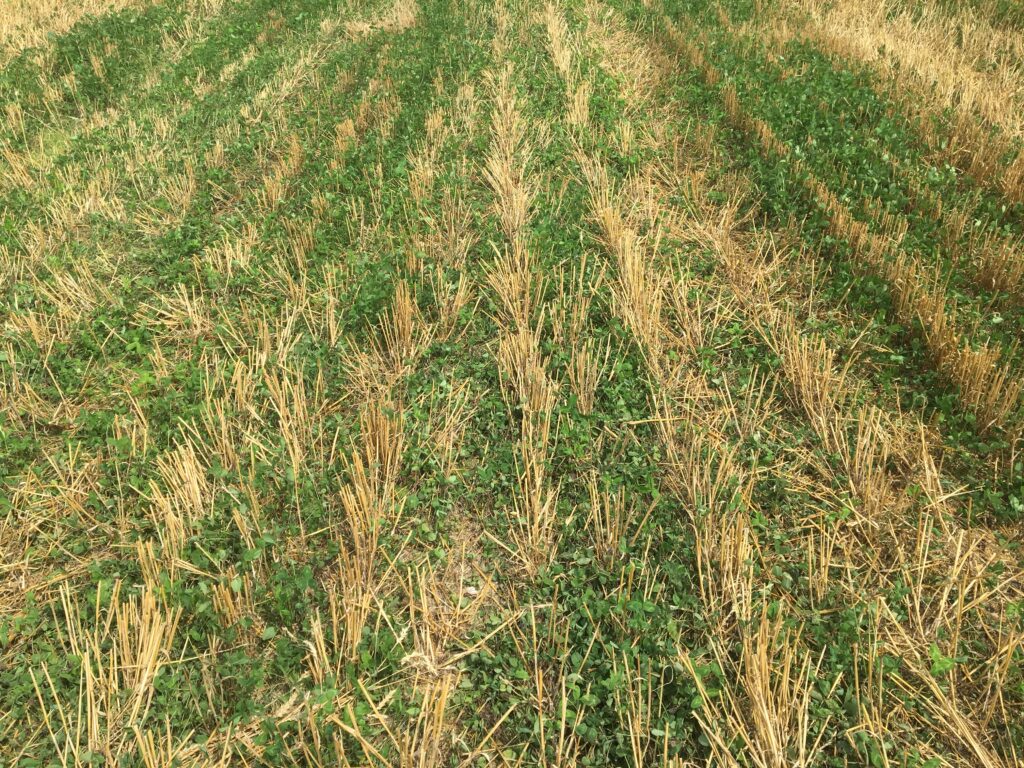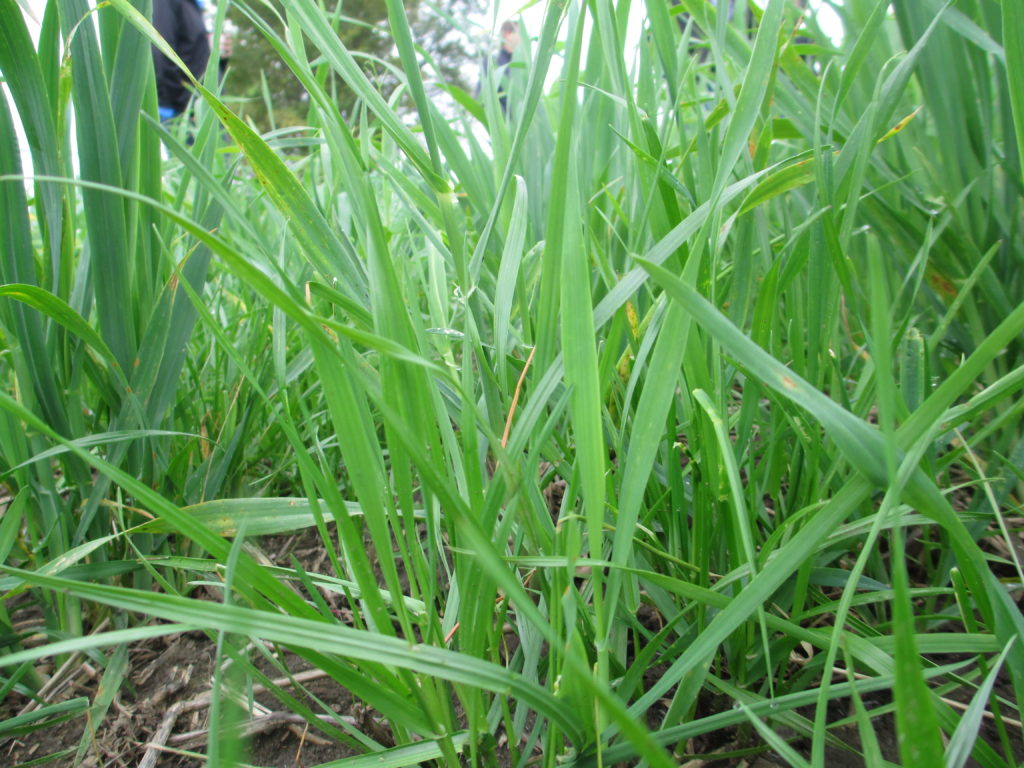Underseeding Red Clover into Winter Wheat

It’s March, the snow is melting and the ground is frozen so we know what that means! Now is a good time to be considering or thinking about frost seeding some red clover into those winter wheat stands! While we can’t control all the factors that influence the success of our red clover stands in […]
